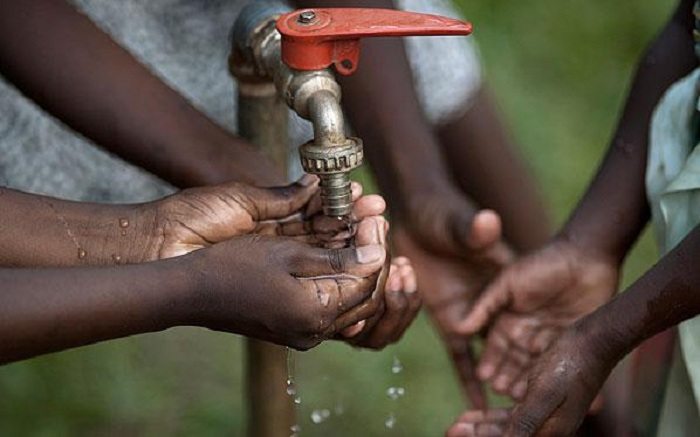Gauteng’s water supply levels are so low that they are virtually at the point of no return, Water and Sanitation Minister Nomvula Mokonyane said recently urging residents to use water wisely.
The Vaal Dam – one of Gauteng’s biggest water sources – was currently at 30.1% capacity and losing about 0.8% every week, she told reporters in Johannesburg.
If consumers and municipalities failed to adhere to the demand to cut water use by 15%, the dam’s level could drop to 25% by November 14, she said.
“We are at a point of no return and hence we now have to protect that which we have.”
A lack of rain and hot, dry weather meant less water filling up rivers and dams which usually supplied the Vaal river system.
The system sourced water from 14 dams and supplied water to roughly 13 million people in Gauteng and parts of the North West and the Free State.
Rand Water, which is responsible for the distribution of water in Gauteng, draws its purification water mainly from the Vaal Dam.
Due to the danger of the declining water levels at the dam, the department had gazetted a 15% restriction on water usage. However consumers had failed to adhere to this. It was gazetted on August 12 and implemented on September 6.
“Sadly we didn’t see the kind of reduction in consumption that we needed to see,” Rand Water chairperson Tshidi Hashatse said.
This pushed Rand Water and the department to take a tougher stance and water supplies to all municipalities across the province were cut by 15%. However, the onus was not only on the municipalities, but also on households to ensure they used their water wisely.
Mokonyane said if water consumption did not reduce between November and January, the entire Vaal River system could collapse.
Mokonyane said agriculture made up 62% of the country’s water use, urban domestic users 23%, rural consumers 4%, and power generation 2%.
However, in Gauteng, 79% of the water went to urban domestic use, 9% to mining and other industrial activity, 6% to agriculture, and 5% to power generation.
Of the 79% going to domestic urban use, 40% went towards non-human consumption such as gardening and recreational activities, Mokonyane said.
In order to succeed in saving water, it was critical that Gauteng households played their part.

